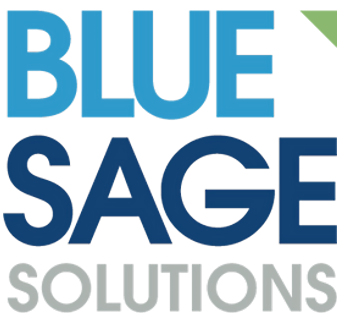Blog

Why Legacy LOS Technology is So Costly
You get what you pay for, the saying goes. But in our industry, this rule doesn’t always apply. For instance, many lenders have made major investments in technology to improve the consumer experience. Yet, too often, they don’t receive the results they expect.
This is true in spite of rapid adoption of new fintech solutions designed to make the mortgage process simpler and more intuitive for borrowers. While these tools do make the process easier in many ways, oddly, loan manufacturing costs continue to rise.
Fortunately, a quiet revolution is taking place in mortgage production that is reversing this all-to-familiar predicament—and it’s all happening in the cloud.
The Millennial Factor
While the housing market has certainly grown more challenging for them, Millennials still comprise the largest generation of Americans—and they are still the ones driving demand for more convenience in the mortgage process.
Because they are so comfortable with technology, Millennials are more likely to research and shop for mortgages online long before they are willing or even interested in speaking with a lender. It explains why many lenders have swarmed to do-it-yourself websites, automated asset and income verification tools, and mobile apps that are designed to give borrowers a simpler way to get financing.
There’s another reason lenders adopt these tools, too. Since borrowers can now do more of their own legwork when getting a mortgage, the potential for cost savings is enormous. Yet, loan production costs remain higher than ever.
In fact, according to the Mortgage Bankers Association’s Q1 2023 Quarterly Mortgage Bankers Performance Report, loan production expenses stood at a record $13,171 per loan. Obviously, there are multiple reasons for this, including lower origination volumes. But it’s also because many lenders are still struggling with archaic, legacy technologies working behind the scenes that hamper production efficiency.
More Cloud, More Savings
To be sure, cloud technology is not a new concept for our industry. Most lenders have become comfortable using the cloud for data storage needs. The trouble is that they’re not utilizing the cloud to create a faster, more efficient mortgage production process. Why? Their legacy platforms were not originally designed for the cloud, and can’t integrate easily with newer, borrower-facing technologies.
Yes, some traditional LOS providers have migrated to cloud environments. But they are still tethered to their legacy systems that they need to support. Those support costs are inevitably passed on to lenders. And these same lenders must continue spending money on manual processes, because they lack the automation they need to reduce costs. It’s a vicious circle, to say the least.
Of course, with a platform built in the cloud and capable of automating much of the loan process, lenders could start making serious dents in their costs. Indeed, there are now mortgage platforms built entirely in the cloud from the ground up that are capable of handling an unlimited number of software integrations as well as multiple business lines, including wholesale, correspondent, retail and consumer-direct business. Most importantly, they can be used by borrowers to apply for loans using a web browser or even mobile apps.
Something’s Got To Give
Obviously, few lenders have the staff resources, expertise or capital on hand to build a cloud-based mortgage platform themselves. On the other hand, there are new mortgage platforms that have already been built that can be customized to fit a business’ needs at a fraction of what it costs to build such a system in-house.
Today’s new breed of cloud-built mortgage platforms cost about the same or less than any legacy mortgage production platforms on the market today. And lenders recoup the cost several times over by reducing manual tasks, such as collecting borrower documents or using staff resources on “stare and compare” methods of reviewing loan documents.
The only obstacle for lenders, it seems, is the willingness to change. And to be sure, switching technologies is a major step—even though a platform designed in the cloud like Blue Sage can be implemented in a fraction of the time it takes traditional LOS providers.
The bottom line is that, at some point, every business must evolve or perish. Fortunately, better technology exists that makes it super easy for lenders to evolve. And between soaring loan production costs and a Millennial generation poised to drive the housing market for years to come, there is no better time to use it.


